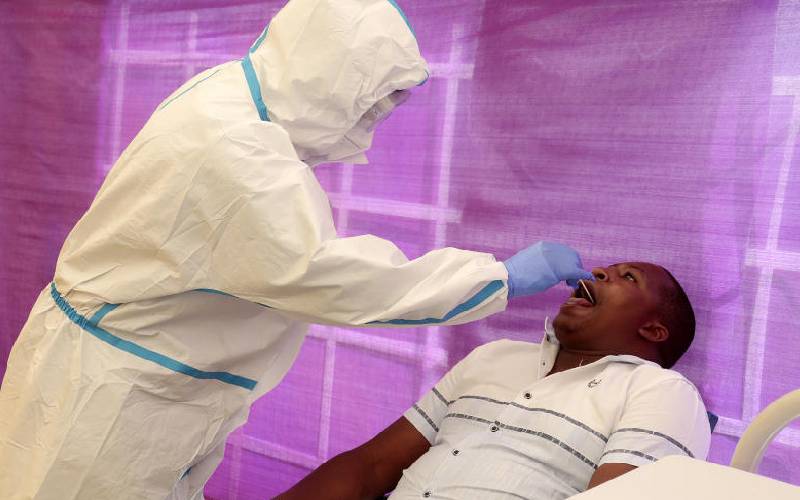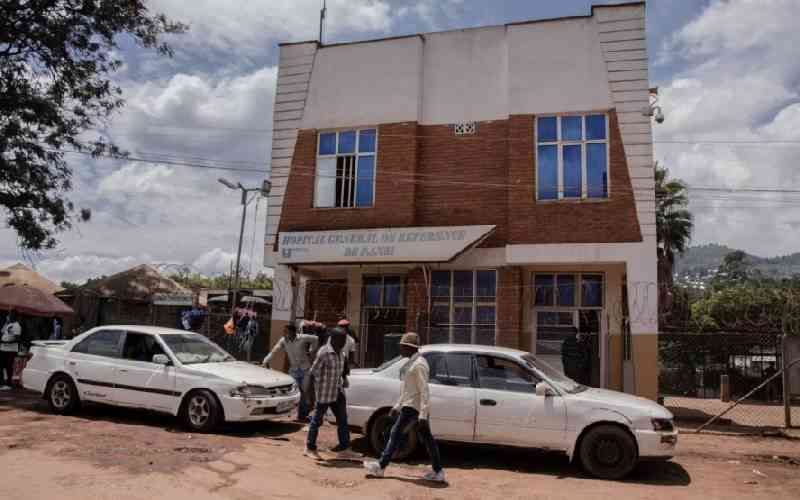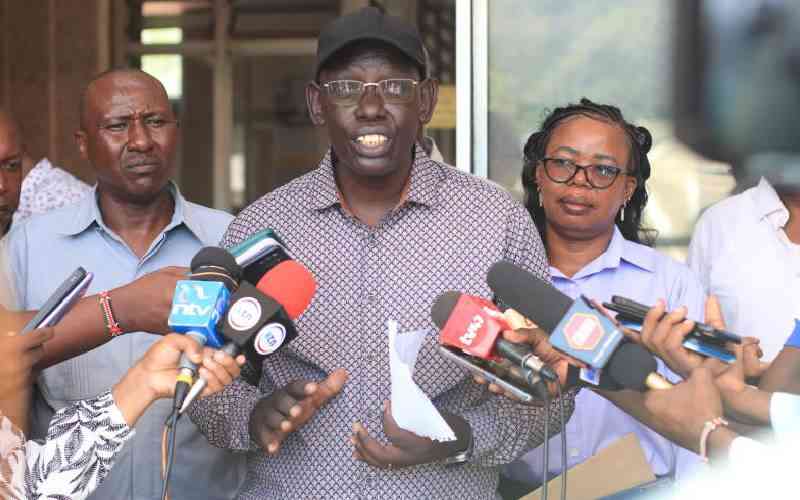
Emerging disasters such as the Covid-19 and existing ones such as floods and fires pose a major threat to Kenya’s Vision 2030 and could also erode development gains realised over decades of hard work.
Despite these ensuing threats, the country has often attended to disasters as emergencies rather than threats that require early preparedness and disaster-proof development planning. In the phase of Covid-19 we see a new sense of consciousness about the threats and the urgency of putting in place effective systems to prepare better for disasters.
From the onset, the Covid-19 experience has exposed the emergency nature of disaster management in Kenya. The response to the pandemic has been largely reactive based on emergency directives from the National Covid-19 Emergency Committee and County Governments.
There have been no clear grounded policy frameworks to guide collective actions. Despite having known that the pandemic was already spreading, the country took longer than expected to put in place the necessary restrictive measures that could have curbed the entry of the virus into Kenya’s territory or its spread. This has revealed the country’s lack of preparedness not only to known emerging disasters but also to unknown ones.
This emergency response has brought various consequences: First, it has created new economic vulnerabilities as technical and financial resources have been redirected to address the pandemic. At the macro level, governments have had to redirect budgets from other sectors to the Covid-19 emergency funds.
Informal settlements
This reallocation of funds is likely to expose other sectors that are already struggling from other challenges such as climate change and policy deficits. At the micro-level, the emergency lock-downs have resulted in loss of income, broken food supply chains, and disintegrated SMEs, among others. These losses create new livelihood vulnerabilities for households, especially the poor, thereby widening economic inequalities.
Second, there has been double exposure at the local communities, especially the urban poor living in informal settlements. The impacts of Covid-19 are severe at the community level for the poor who are already facing multiple and interconnected risks, including poverty, food insecurity, poor sanitation, social inequalities, gender discrimination and policy exclusion.
This reinforces existing economic and social inequalities. Moving forward, Kenya’s disaster management systems should be strengthened towards risk preparedness. Disaster management policies at national and county levels need to be more people-centred and adaptive to emerging threats such as Covid-19. To support people-centred preparedness, locally grounded co-produced data/evidence is required for adaptive and pro-poor planning.
This is because the fight against disasters such as the Covid-19 in sub-Saharan Africa has often been slowed down by lack of clear understanding and data on local dynamics and requirements for a desired cultural shift or behavioural changes.
While data exists relatively at higher levels, adopting this data to the local context rarely happens for the urban poor who often have little say in defining and co-production of data/research and policies.
Establishing community-driven data/knowledge systems linked to higher-level policy spaces is necessary to inform context-specific and adaptive response to disasters. The country has made some efforts in this direction by adopting the open data portals, which can progressively be updated with reliable data and information on different disaster risks.
Furthermore, the country should adopt action plans that address multiple disasters and their interconnectedness. The Covid-19 situation has shown that disasters are not just the occurrences we see on a daily basis, but more detrimental pandemics could emerge and build on existing disasters such as floods and fires to create more havoc.
For instance, the current flooding in Kenya, which has resulted in over 200 deaths and more than 800,000 affected people, has also increased vulnerability to the Covid-19 as displaced families are forced to seek refuge in overcrowded centres with little social distancing.
Stay informed. Subscribe to our newsletter
Action plans that address multiple hazards and their interconnections could catalyse optimal response.
Despite the challenges, the Covid-19 has brought some positive prospects for disasters management in Kenya. The pandemic has raised the political profile for embracing disaster-proof development because the Covid-19 experience shows that disasters can actually erode developmental gains achieved over the years.
The need to better manage existing disasters which are often overlooked has become important as it is clear that the impacts of emerging pandemics are created or exacerbated by existing ones. The attention given to Covid-19 might imply that the management of existing disasters could benefit from this renewed political goodwill.
Additionally, the experience with Covid-19 presents a great opportunity for Kenya and other African countries to move from costly emergency response to more integrated disaster-proof development planning and risk preparedness.
This is not a one-off process but a long-term undertaking that intentionally builds systems, including locally grounded evidence, capacity building and building relationships to enable joint actions.
The country is already receiving some strategic support in this direction. For instance, the Nairobi Risk Hub, part of the broader Tomorrow’s Cities research project supported by the UK Government’s Global Challenges Research Fund, is helping Nairobi City to develop disaster management action plans focusing on risk preparedness.
Dr Atela is Senior Research Fellow and Head of the Climate Resilient Economies Programme at the African Centre for Technology Studies
 The Standard Group Plc is a
multi-media organization with investments in media platforms spanning newspaper
print operations, television, radio broadcasting, digital and online services. The
Standard Group is recognized as a leading multi-media house in Kenya with a key
influence in matters of national and international interest.
The Standard Group Plc is a
multi-media organization with investments in media platforms spanning newspaper
print operations, television, radio broadcasting, digital and online services. The
Standard Group is recognized as a leading multi-media house in Kenya with a key
influence in matters of national and international interest.
 The Standard Group Plc is a
multi-media organization with investments in media platforms spanning newspaper
print operations, television, radio broadcasting, digital and online services. The
Standard Group is recognized as a leading multi-media house in Kenya with a key
influence in matters of national and international interest.
The Standard Group Plc is a
multi-media organization with investments in media platforms spanning newspaper
print operations, television, radio broadcasting, digital and online services. The
Standard Group is recognized as a leading multi-media house in Kenya with a key
influence in matters of national and international interest.










